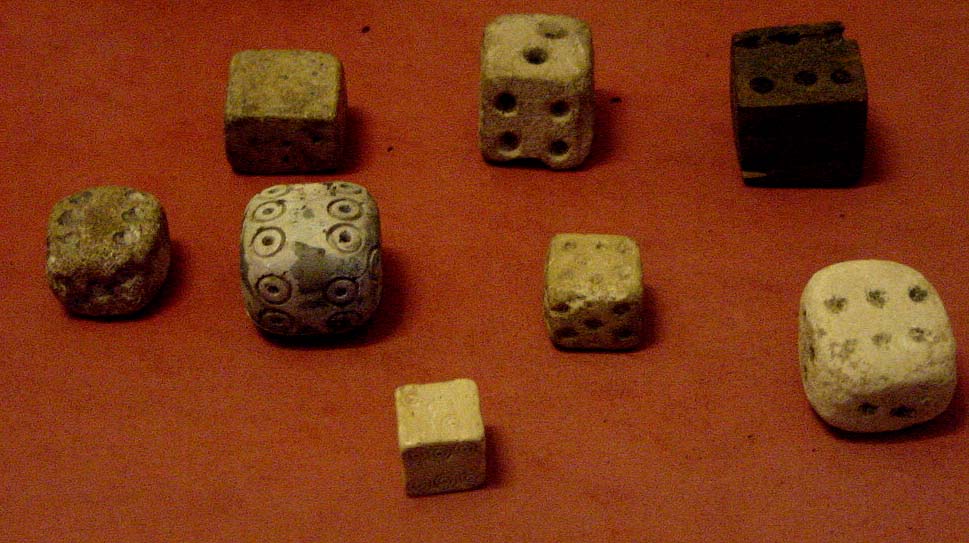Simple is not easy, of course. I am writing this post because of the continuous DMs on all channels from small ad agencies who would like to have the help of some cheap designer in southern Europe to build what Mark Zuckerberg is building.
Instead of just adding their contact to the spam filter, I would like to give them a guide to build their Metaverse themselves. Let’s go!
Simple Step 1 – Have a team
Games are made with a complete team of people working hard together to serve some audience with a game product or service. If you don’t have a team already, it is very simple: you have to build one! You don’t want to pay a third party to build your core business, don’t you?
Simple Step 2 – Have a team that completes projects
You have to know that the vast majority of video games that are being produced right now will never be released. The reasons are multiple: no money, no people, no idea of the business are the main ones. Once you have a team, be simple: research small games and let your team make them. Let them prove they can complete a project from start to finish. Don’t be complex, don’t think in the CRYPTOMETACHAIN yet, think in just complete games.
Simple Step 3 – Have a team that completes projects and sells them
The next thing is to be able to market and sell your video games. That is not an easy task, statistics out there speak clearly: more than 90% of video games never get their investment back. Before conquering the World with your fantastic metaverse on the crypto whatever you may want to assure that you know how to sell your games.
Simple Step 4 – Have a team that completes projects and sells so many copies of them that creates an intellectual property
Apart from passing fashions, one thing is clear regarding metaverses: they are virtual places where real people value virtual things equal or greater than real objects. For a metaverse to be really successful in terms of revenues you may want your Players to receive and create great stories on your platform. If you have a strong IP such as Super Mario or Sonic, you will more probably attract the interests toward your platform more than the other metaverse done by one of the richest men in the World. Which is clearly not your case, because otherwise you were not reading these words.
Remember: simple is not easy. In fact, those are very hard steps. Making video games is not like playing video games, but it can be very simple: is just a matter of controlling your ambition according to the resources and the people you have to realize them.




